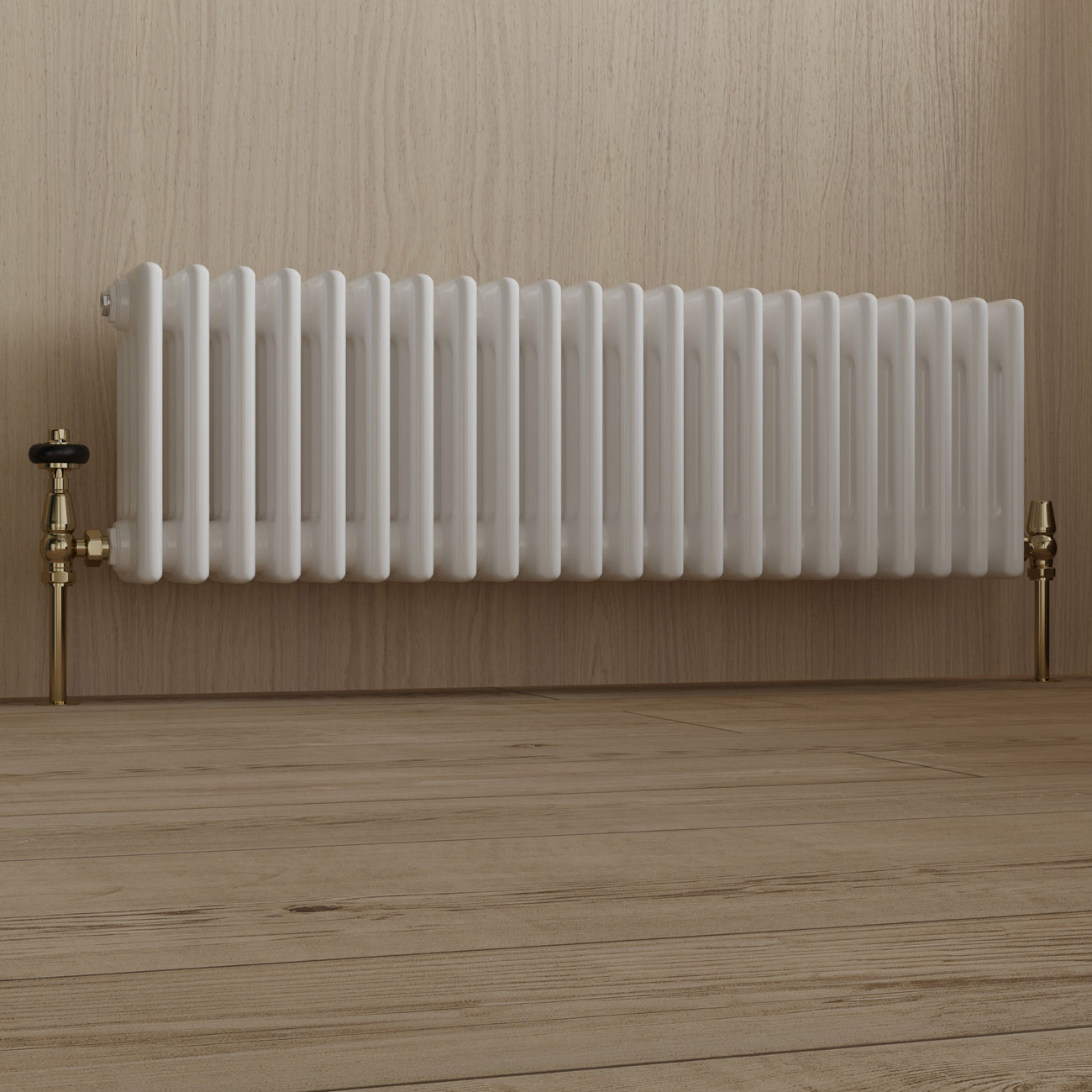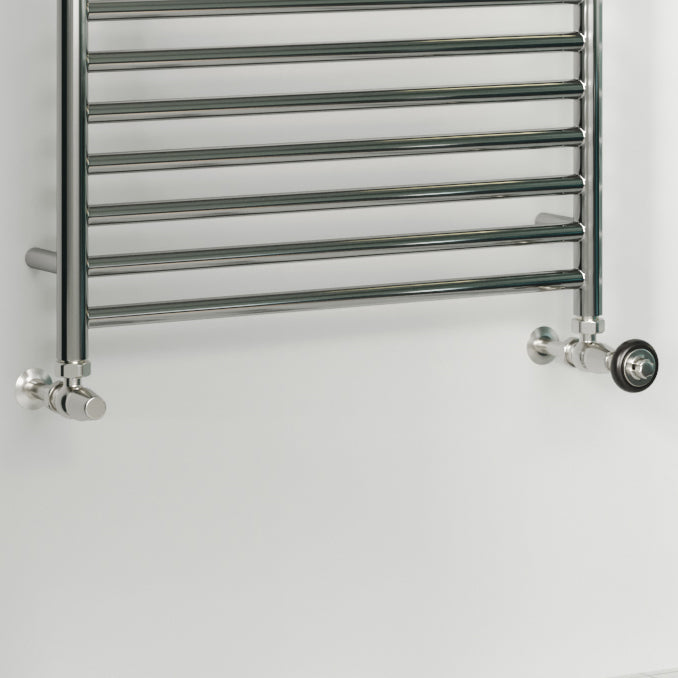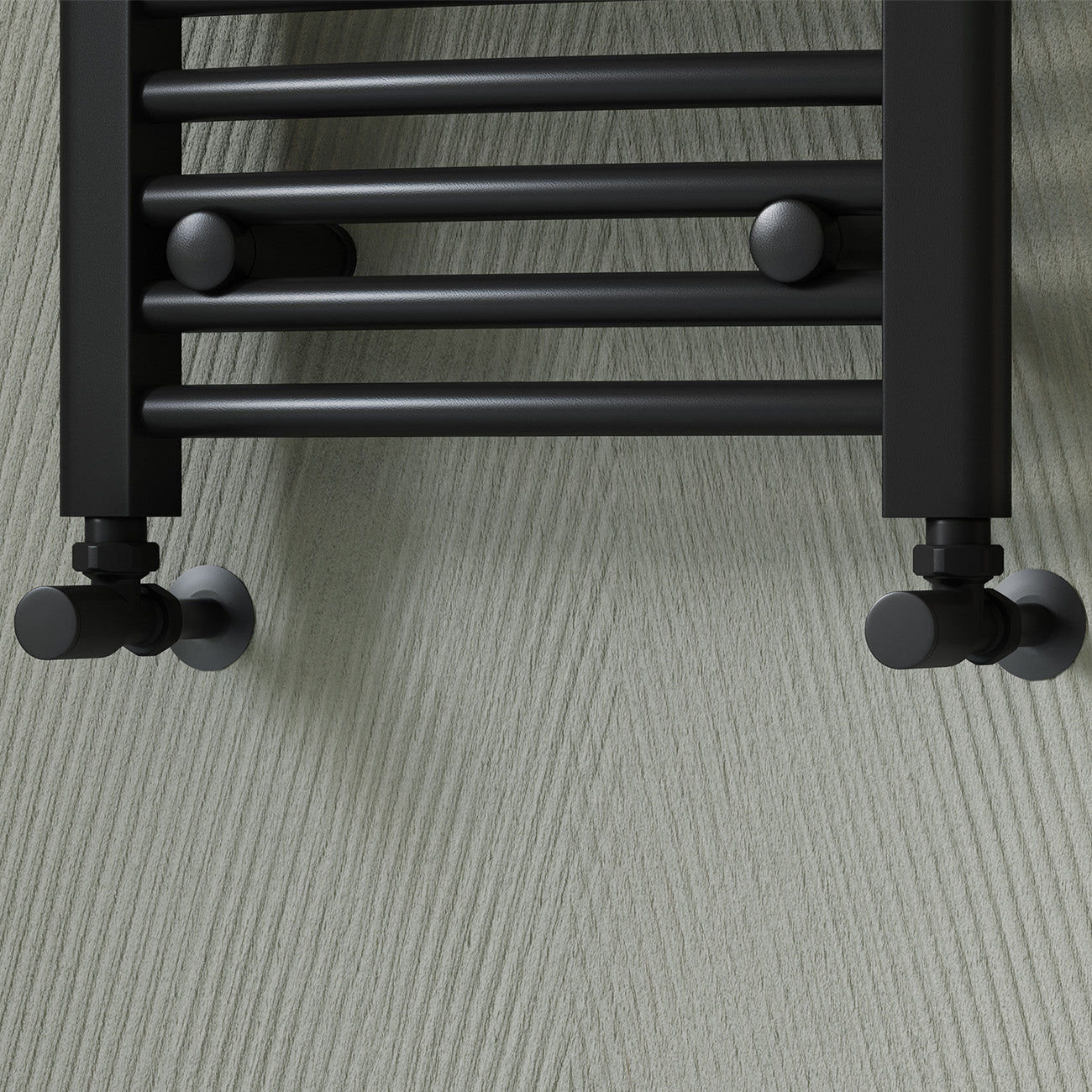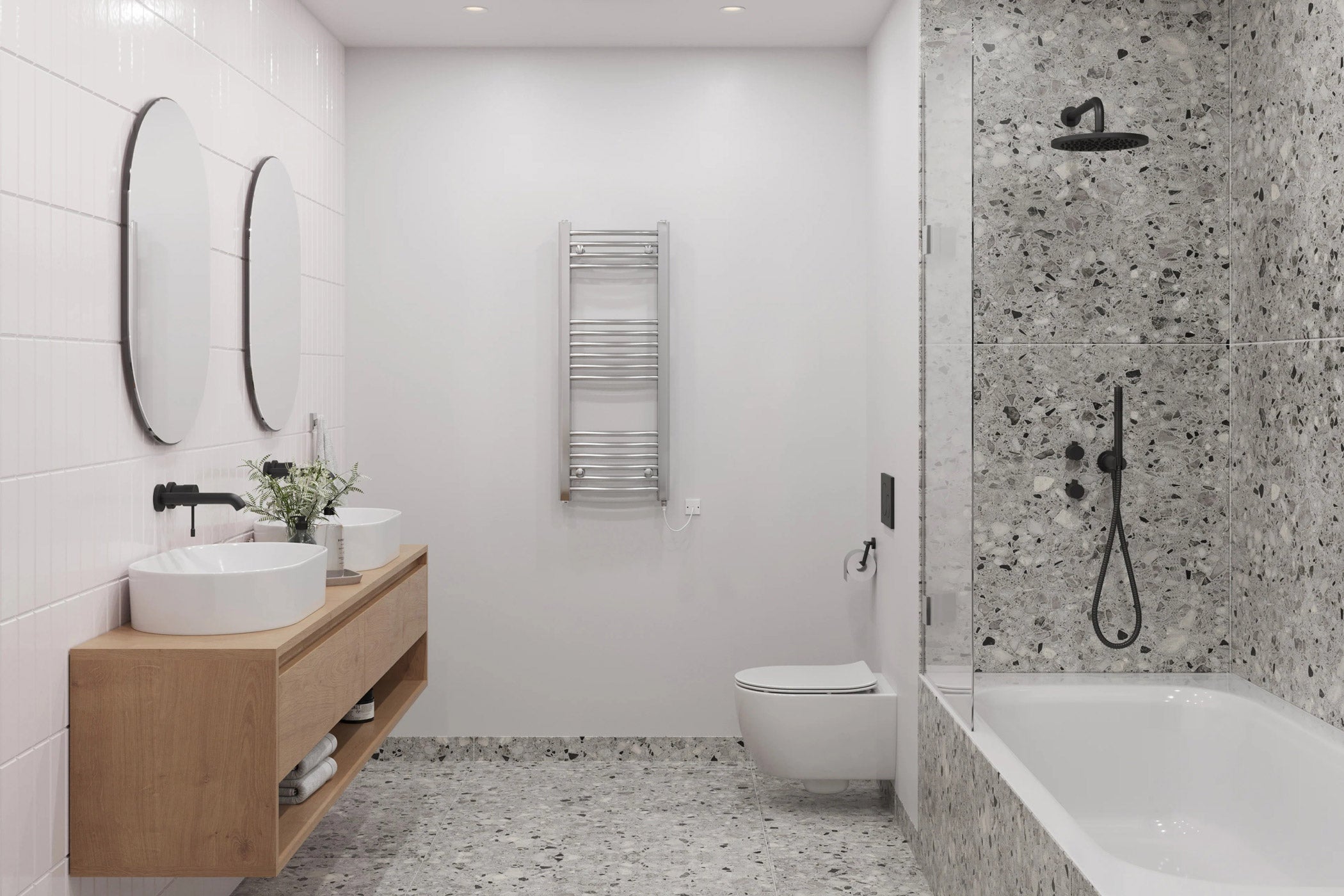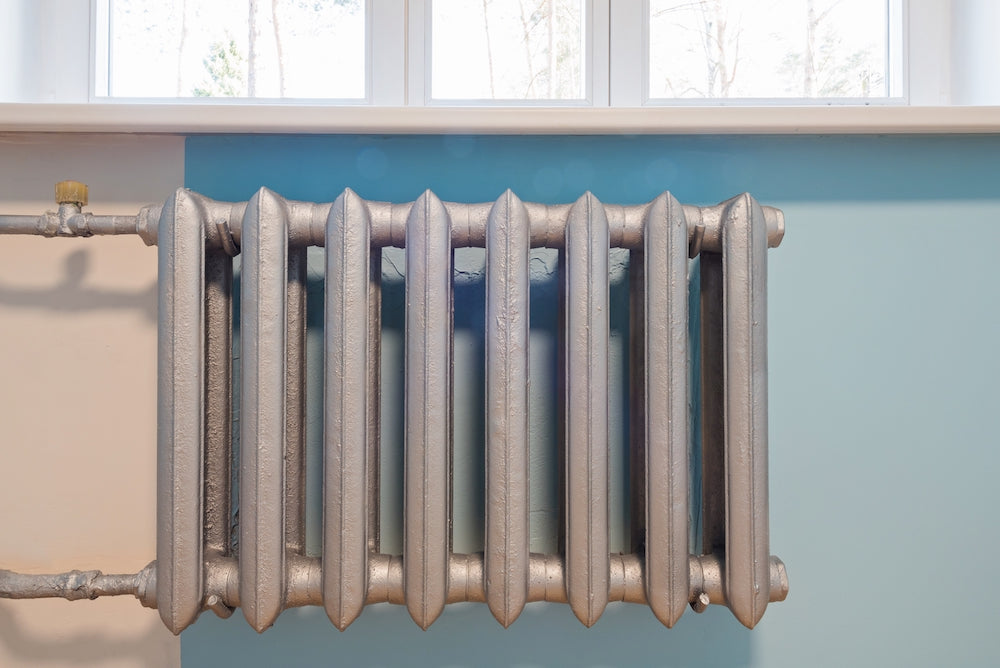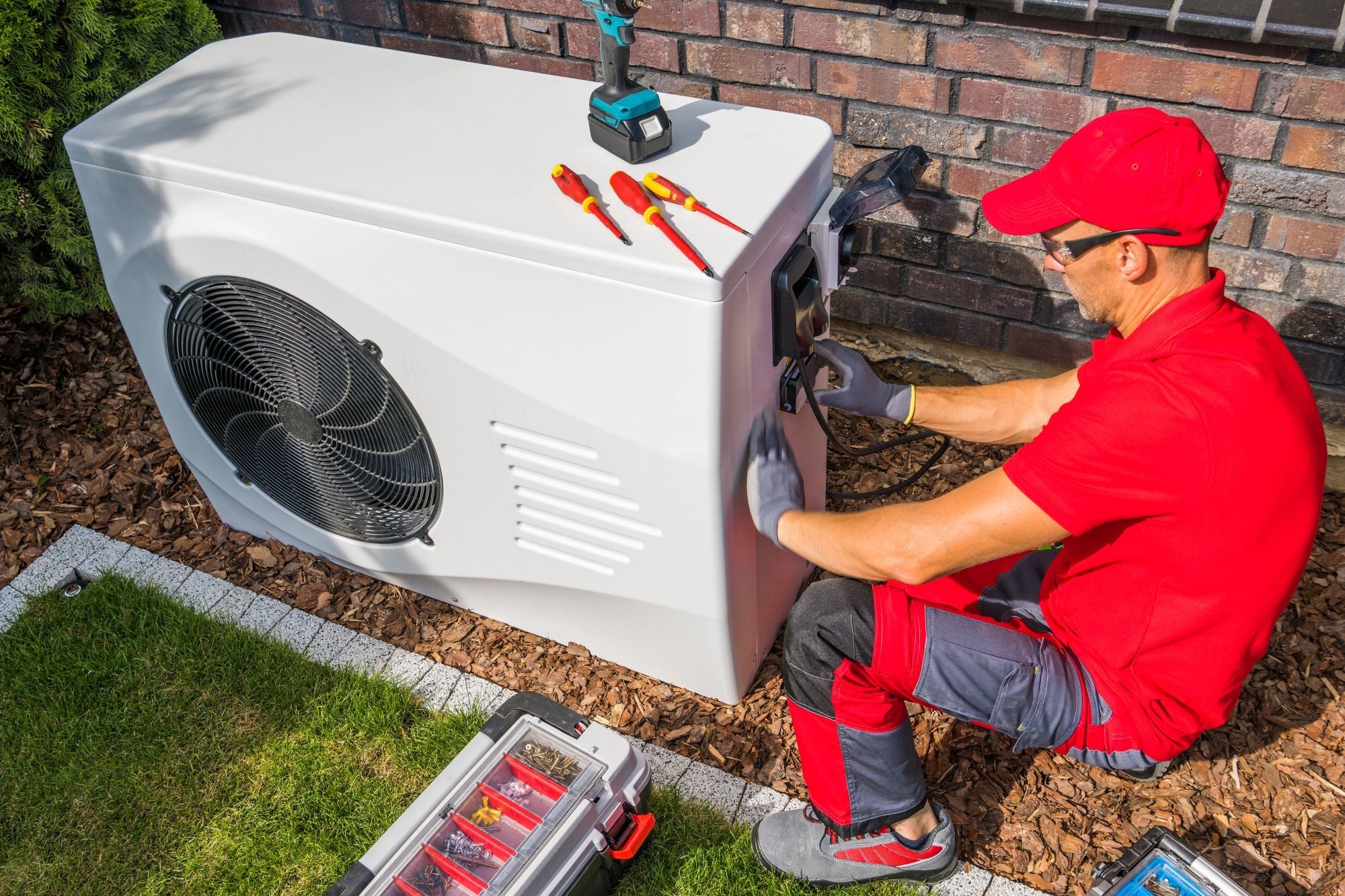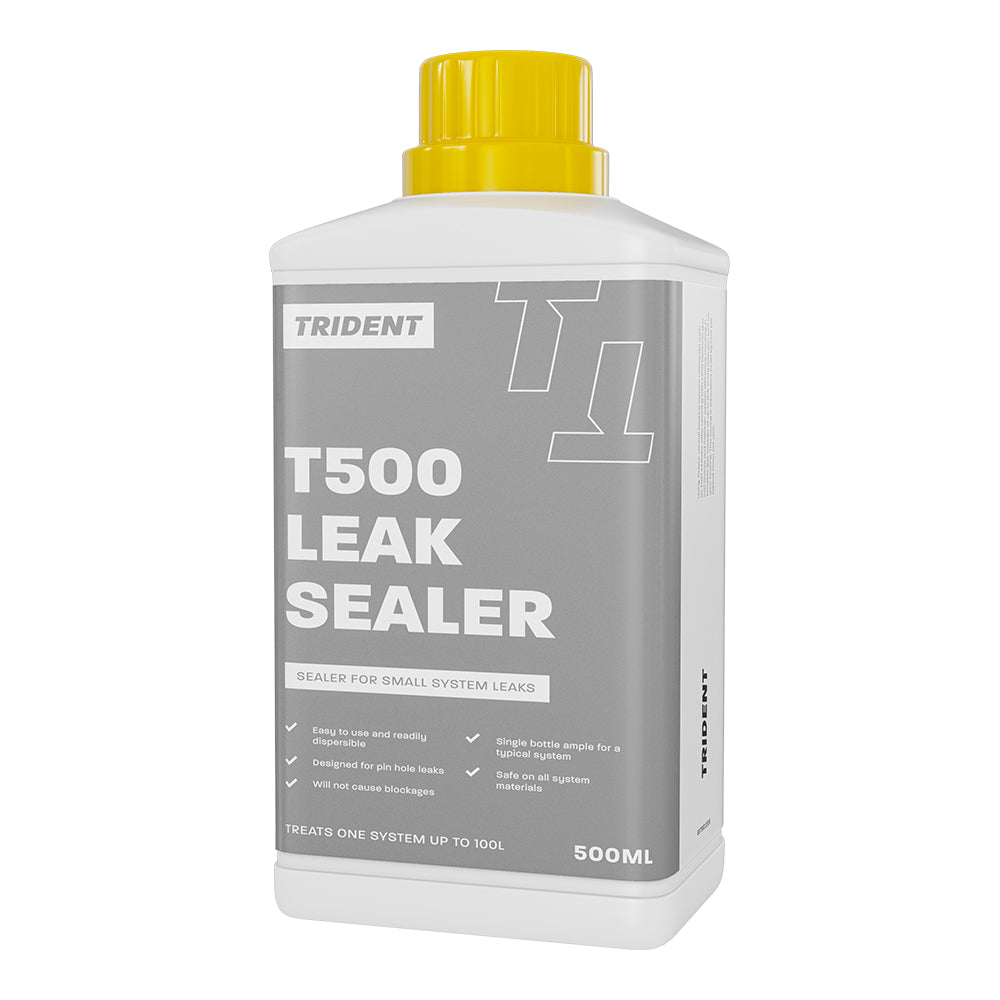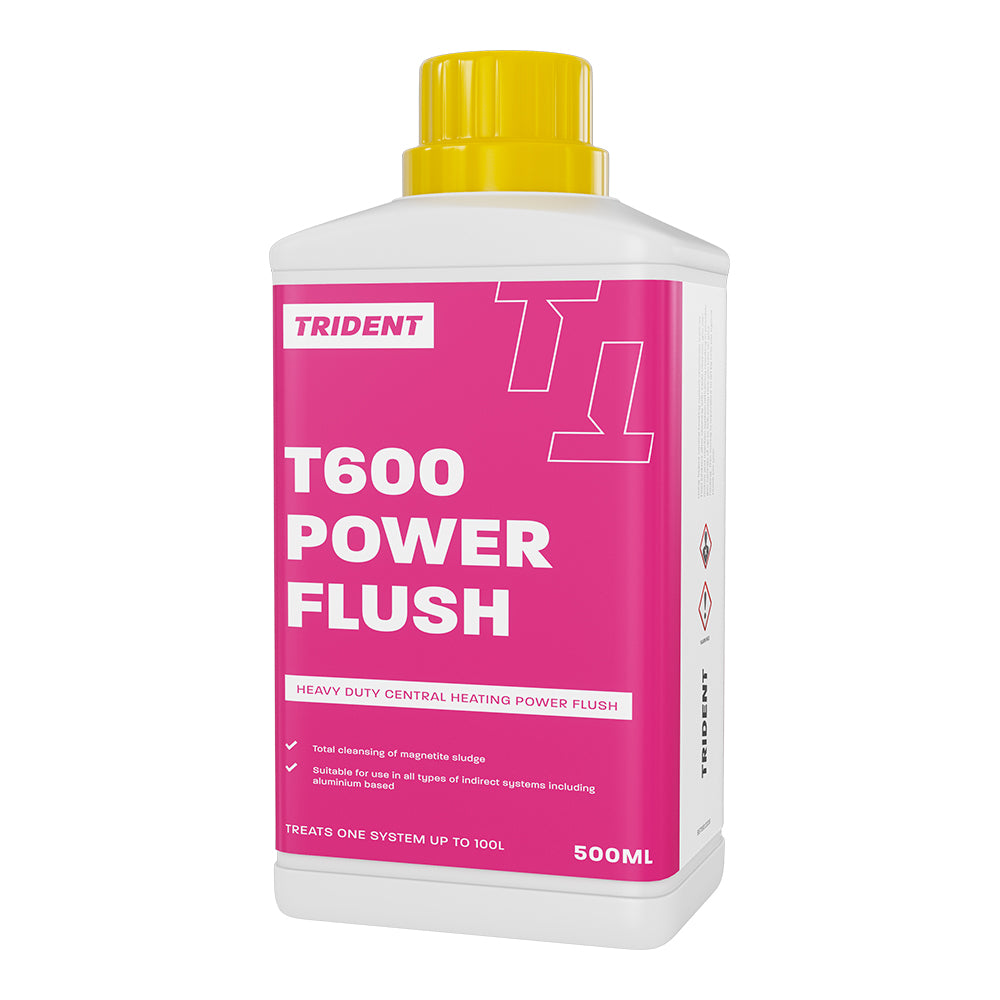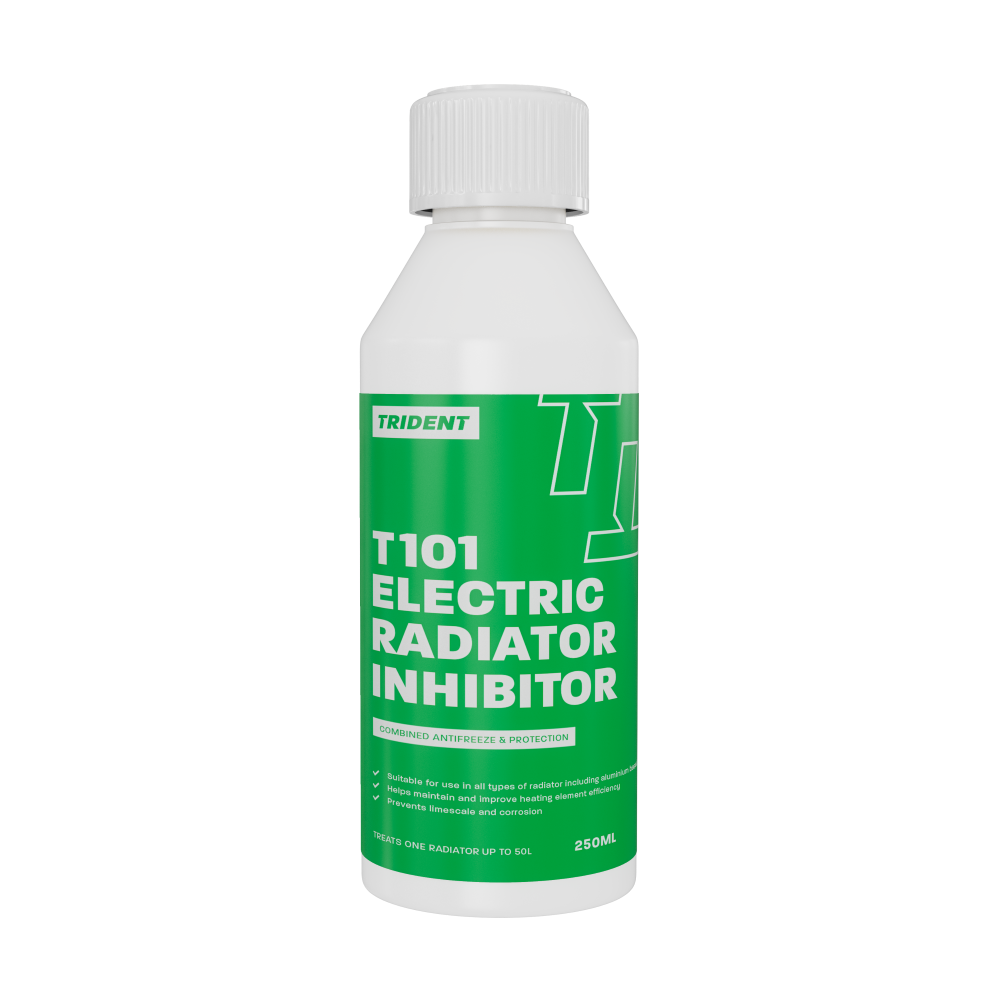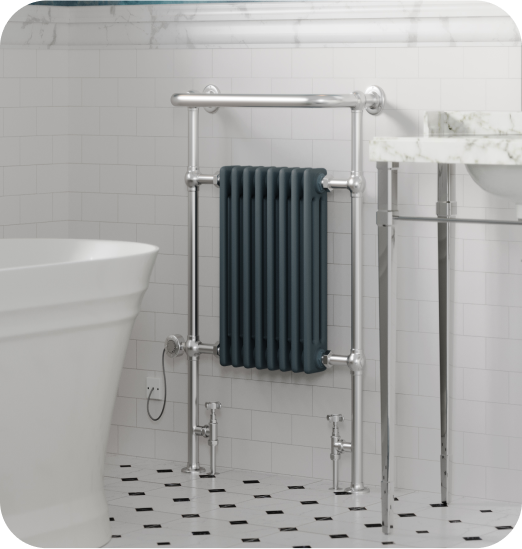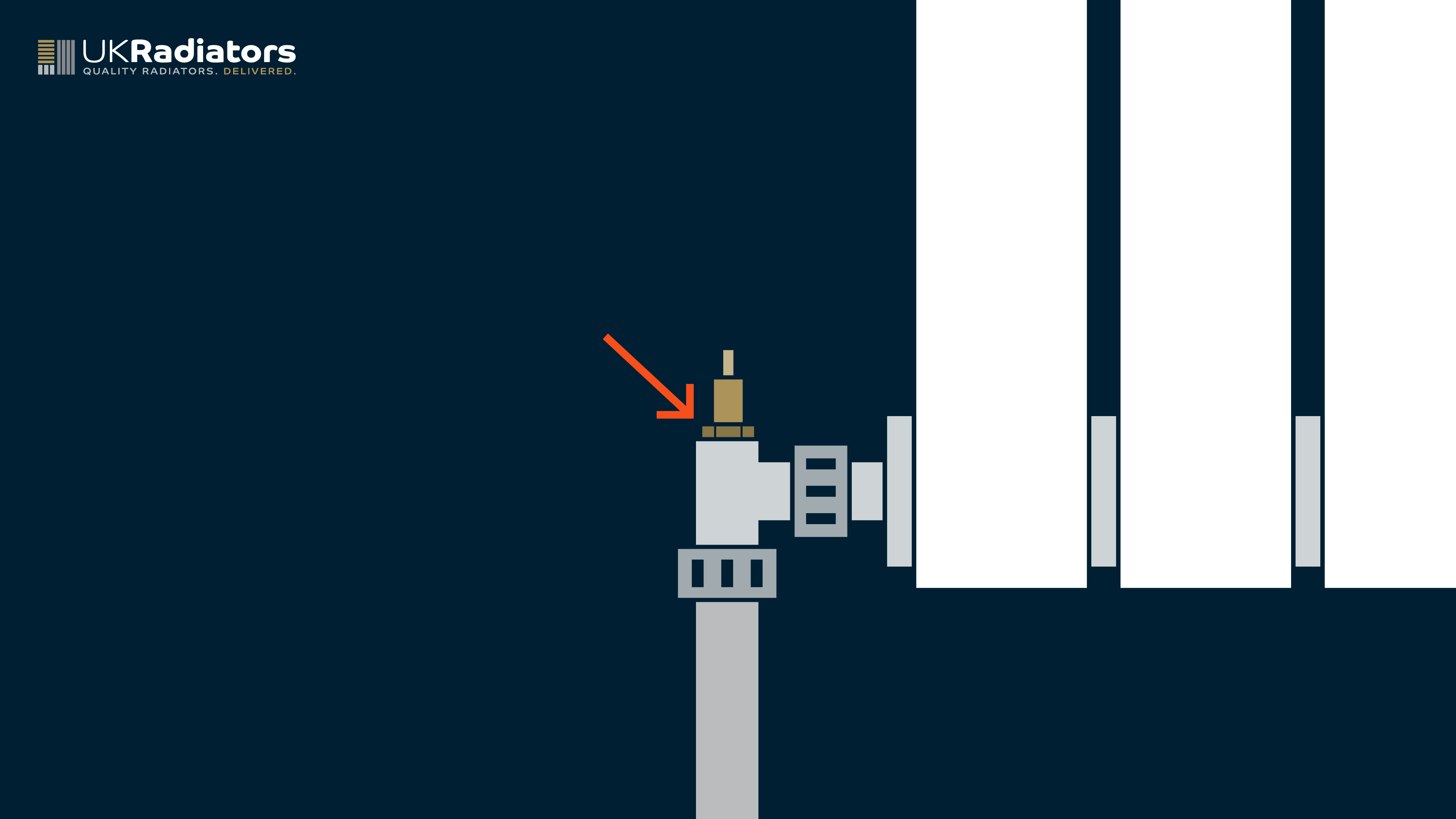
How To Turn a Radiator Off
There are many reasons why you may want to turn off a radiator in your home, from saving money in unused rooms and being more environmentally conscious, to dealing with a leak or needing to make a change in our heating system. Depending on your needs, you can choose to either turn off a radiator or isolate it completely. If you’re not sure how or what the difference between those two is, look no further than this guide! Isolating a radiator:- For a leak or to remove for decorating.
- Manual Valve
- TRV
What is turning off a radiator
This is the simplest method of the two, which you can do to stop the radiator from heating up without fully shutting off the radiator or preventing the flow of water. For example, if you have an unused room that you don’t want to heat up unnecessarily.What is isolating a radiator
Isolating a radiator is a somewhat different and sometimes more complex process, and you would generally choose to do this if you want to halt the flow of water entirely. For example, if you have a leaking radiator or you want to remove the radiator from the wall and system, maybe to replace it or redecorate. We will start by looking at how to turn off a radiator, then cover how to isolate a radiator lower down in this guide.Turning off Radiators
Use this when: you are looking to stop a room heating up. When we say “turning off” radiators, what we really mean is how to turn off a radiator valve. This process is slightly different depending on the valve in place. What is most important is that you do not shut off the flow of hot water entirely, as this can lead to the water in the pipes and radiator freezing and expanding, causing the metals to rupture. All radiators have two valves: the lockshield valve and the thermostatic valve. When turning off your radiator, make sure not to do anything with the lockshield valve.How to Identify the Lockshield Valve
Sometimes this can be done by sight, as the two valves usually look quite different. In the images below, the lockshield valve is the smaller of the two valves, without an easy turning mechanism. The other valve is the thermostatic valve or manual valve. 

Sometimes it is not possible to identify the valves by sight, and you have to rely on another one of your senses. The foolproof way of doing this is quite simple: let the heating come on, and touch the pipes. The pipe that gets hottest first has the manual or thermostatic valve, as these are always placed on the side of the radiator that has the flow of hot water.
How to turn off a radiator with a thermostatic valve
This is generally quite simple, all good thermostatic radiator valves come with a frost prevention mode. This means that when the valve is fully turned off, it will still allow a little bit of hot water through to prevent freezing in the pipes. To turn it off, turn the valve all the way to the off position (usually righty tighty). To check that the valve is off but frost prevention is still in place, when the heating comes on check that there is some hot water making its way into the radiator (although the radiator should remain mostly cold).How to turn off a radiator with a manual valve
It is important that you do not turn this fully off, as doing so can result in the water inside the radiator and return pipes freezing, and causing a rupture. The best way to do this is to first turn the valve all the way to the close position (usually righty tighty), and then open the valve up a bit to let some hot water through. You can check this when the heating is on to see whether hot water is making its way into the bottom of the radiator.Isolating Radiators
Use this when: you want to completely stop the flow of water when you are looking to do something like stopping a leak, replacing the radiator, or removing the radiator for decorating. If you simply want to isolate the radiator, then continue with this guide, however you may find it beneficial to see our How to fix a Leaking Radiator or How to remove a radiator for Decorating guides if that is why you want to isolate the radiator.How to isolate a radiator that has manual valves
This one is quite simple: you want to turn off both valves on either end (righty tighty), but it is very important that we count the number of turns (which may be quarter or half turns), as you need this to be put back exactly as it was. You may need to remove the head of the lockshield valve in order to turn it. Generally speaking, that will isolate the flow of water into the radiator and allow you to do what you need to do.How to isolate a radiator that has a thermostatic radiator valve (TRVs)
This one is a bit trickier, because by design TRVs have frost protection mode which basically means that they can’t simply be turned off without still allowing some hot water to get through. So let’s start with the easier one, which is the lockshield valve. You want to turn this one fully to the off position (righty tighty) but count the number of turns (which may be quarter or half turns), in order to put it back exactly as it was later. You may need to remove the head of the lockshield valve in order to turn it. Then, turn the TRV all the way to the off position.Closing a TRV with a decorators Cap
When you received your TRV, you should have had a decorators cap included, like on the image below. If you have this, then you just need to remove the head of the TRV, which is usually done by holding the bottom part of the TRV with grips and unscrewing. Then, screw on the decorator’s cap and tighten. This will prevent any water from flowing into the radiator and isolate it.
Closing a TRV with an isolator
If you do not have a decorators cap, or you cannot remove the head of the TRV, then the next best option is to use an isolator. Isolators only take a couple of minutes to install (as you can see in this video): Our recommended isolators are the Aladdin EasyFit Isolators, which fit 15mm pipes, but any isolator that suits your pipe size will work fine. Install these and put them into the “off” position. These are particularly useful devices if you are dealing with leaks or removing/replacing the radiator.Closing a TRV by manually adjusting the inside of the head
If you cannot use a decorators cap nor install an isolator, there is one final option. But be warned: you may prevent the TRV from working and might need to replace it. First, turn the TRV to the off position and remove the head, which is usually done by holding the bottom part of the TRV with grips and unscrewing. When the head is off, you need to tighten the top of the valve until it closes (clockwise/righty tighty). You need to count the number of turns as this will need to be put back how it was.



